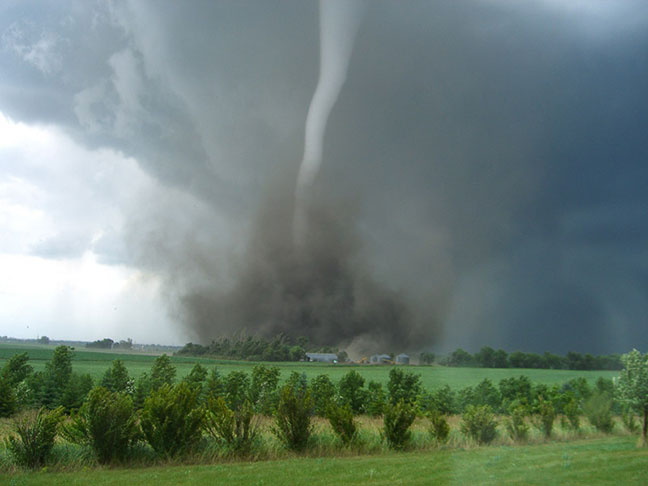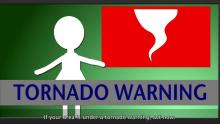Tornadoes
block-detroitminew-views-block-news-events-block-1,News & Events*block-detroitminew-views-block-related-links-block-1,Related Links*block-detroitminew-views-block-video-playlist-block-1,Videos*documents-block,Documents*block-detroitminew-views-block-forms-block-1,Forms*block-views-block-faq-block-1,FAQs*block-detroitminew-views-block-district-map-block-1,District Map*block-views-block-council-office-directory-block-1,Office Directory*block-detroitminew-views-block-contacts-block-3,Contacts*block-detroitminew-views-block-contacts-block-4,Contacts*block-detroitminew-views-block-council-member-bio-block-1,Bio*block-detroitminew-views-block-sub-sections-block-1,Sections*block-detroitminew-views-block-web-apps-block-1,Web Apps*block-detroitminew-views-block-news-events-block-4,News*block-detroitminew-views-block-news-events-block-3-2,Events*block-detroitminew-views-block-contacts-special-block-1,Staff*block-detroitminew-views-block-statements-block-1,Statements*block-detroitminew-views-block-newsletters-block-1,Newsletters*block-detroitminew-views-block-newsletters-block-3,Ordinance*block-detroitminew-views-block-newsletters-block-2,Resolutions*block-detroitminew-views-block-newsletters-block-4,Memos

Tornadoes are nature's most violent storms. Spawned from powerful thunderstorms, tornadoes can cause fatalities and devastate a neighborhood in seconds. A tornado appears as a rotating, funnel-shaped cloud that extends from a thunderstorm to the ground with whirling winds that can reach 300 miles per hour.
Here are some potentially life-saving tips on what to do before, during, and after a tornado strikes:
Tornadoes are known for developing so rapidly that little advanced warning is possible. Average lead time for tornadoes is 10 to 15 minutes, which is why Michigan citizens are encouraged to prepare and make a plan before a tornado strikes. To be ready before a tornado:
- Create an emergency preparedness kit for your home that includes the following items:
- Water, at least three gallons of water per person, per day
- Food, at least a three-day supply of non-perishable food per person
- Prescribed medications
- Battery-powered or hand-crank radio
- Flashlight and extra batteries
- First aid kit and needed medications
- Whistle to signal for help
- Pet supplies
- A complete change of clothing and footwear for each person
- Bedding
- Important family documents
- Extra clothes and blankets
- Water, at least three gallons of water per person, per day
- Develop and implement a family communications plan with family members living in your home so when a tornado strikes, you know how to get to a safe place. Be sure the plan also addresses the following:
- Where you will meet up if separated?
- How you will contact each other?
- What would you do in different situations?
- Where you will meet up if separated?
- Listen to your NOAA Weather Radio, commercial radio or television newscasts for the latest information. Listen to instructions given by local emergency management and law enforcement officials.
- Be aware of the danger signs indicating a tornado:
- Dark, often greenish sky
- Large hail
- A large, dark, low-lying cloud (particularly if rotating)
- Loud roar, similar to a freight train
- If you see approaching storms or any of these signs, be prepared to take a shelter immediately
- Dark, often greenish sky
DURING A TORNADO
IF YOU ARE UNDER A TORNADO WARNING, FIND SAFE SHELTER IMMEDIATELY
- Stay Weather-Ready: Continue to listen to local news or a NOAA Weather Radio or local alerting systems to stay updated about tornado watches and warnings.
- At Your House: If you are in a tornado warning, go to your basement, safe room, or a small interior room on the lowest level away from windows. Don't forget pets if time allows.
- At Your Workplace or School: Follow your tornado drill and proceed to your tornado shelter location quickly and calmly. Stay away from windows and do not go to large open rooms such as cafeterias, gymnasiums, or auditoriums.
- Outside: Seek shelter inside a sturdy building immediately if a tornado is approaching. Sheds and storage facilities are not safe.
- In a vehicle: Being in a vehicle during a tornado is not safe. If you are in a car, mobile home, or are outside, get to a sturdy building and head to the basement or lie flat in a dry ditch or low-lying area.
- Do not get under an overpass or bridge. You’re safer in a low, flat location.
- Watch out for flying debris that can cause injury or death.
- Use your arms to protect your head and neck.
- Immediately go to a safe location that you identified.
- Take additional cover by shielding your head and neck with your arms and putting materials such as furniture and blankets around you.
- Do not try to outrun a tornado in a vehicle.
Once a tornado passes through your area, make sure all family members are safe and secure. Afterward, assess damages and stay safe by following the appropriate steps:
- Inspect your property and motor vehicles for damage.
- Write down the date and list the damages for insurances purposes. Take pictures and videos of the damage.
- Check for electrical problems or gas leaks and report them to your local utility company at once.
- Watch out for and stay 25 feet away from downed power lines.
- Stay out of damaged buildings until you are sure they are safe and will not collapse.
- Secure your property from further damage or theft.
- Use only chlorinated or bottled water for drinking. Check on your food supply because if stored in a refrigerator or freezer with no power, food will spoil.
- Use the food and water supply in your emergency preparedness kit for your family if power is out.
